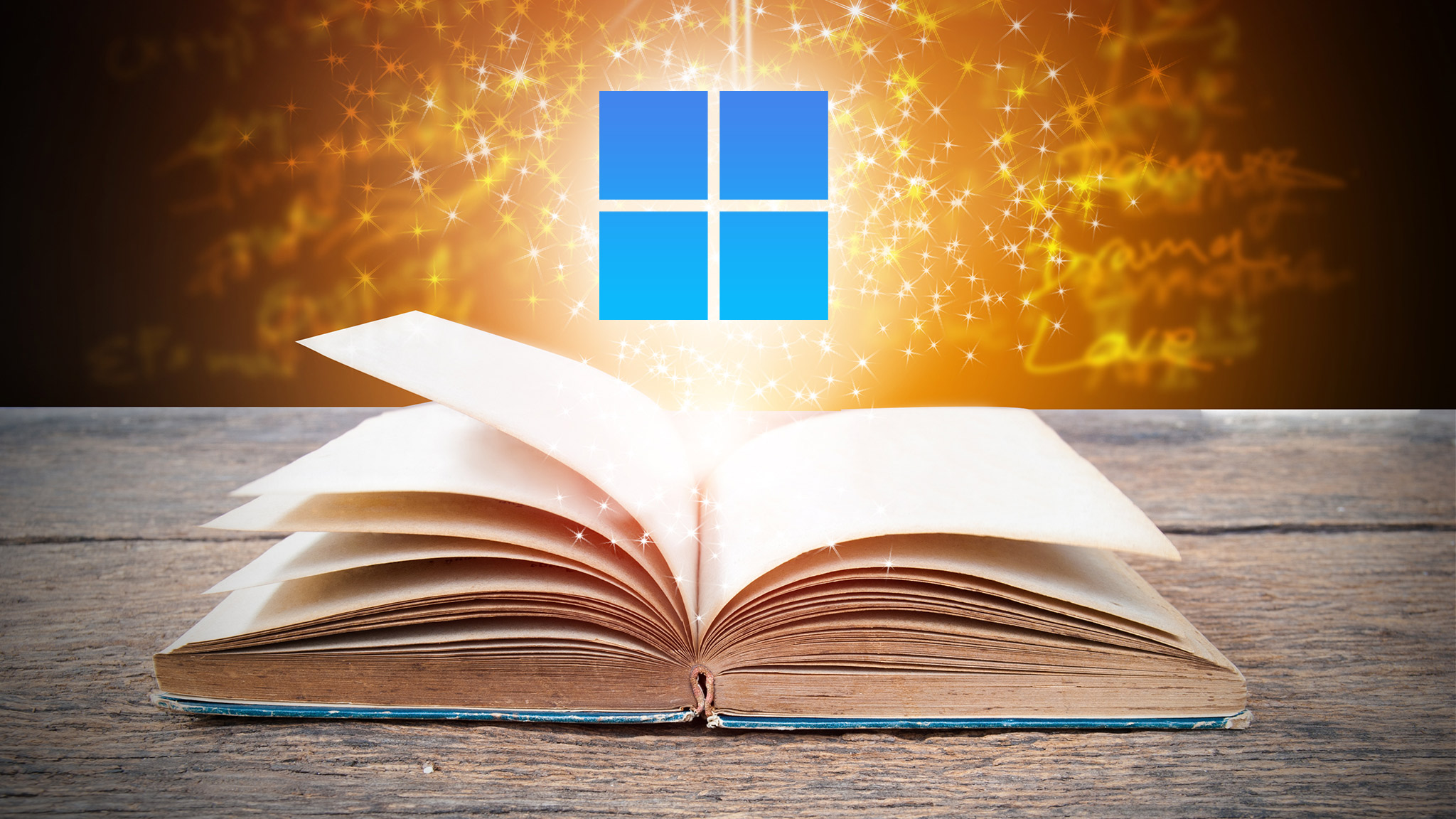The top three alternatives to portfolio history:
» Clipboard Master – a successful alternative
» UltraEdit – keeps its own (multiple) clipboard independently of Windows
What is the history of the clipboard?
The clipboard is a practical way to make work easier and life can’t be imagined without it. It is the lowest common denominator in software collaboration: a number of software are incompatible with each other because they do not have standardized interfaces. The principle of copy and paste (copy and paste), which enables you to use the clipboard, works almost always with application programs. Browsers, word processors, and tools of a number of other types support it. Disadvantage: If you put a second part of the content in the clipboard, the previous one will be lost. Then right click and use the context command “Paste” or use Ctrl-V to paste the second content, but not the first.
Thus, other programs for accessing previous clipboard content are largely off the table, but not entirely: anyone who wants additional functionality still needs external clipboard helpers. Indispensable if you are using Windows 7, Windows 8.1 or earlier than Windows 10: there are no equivalent functions on the board here. And even if you are not satisfied with dealing with the functionality of Windows, alternative applications go into the hacking process.
Windows 10/11: Enable Clipboard History
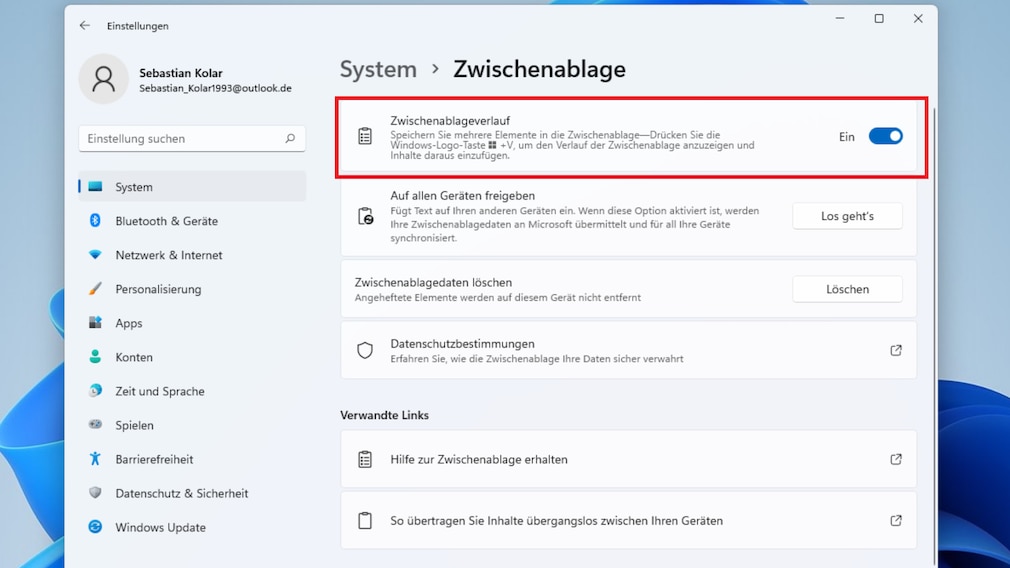
Use the slide key to activate the Windows 10/11 clipboard history.
We tested the following on Windows 10 21H2 and Windows 11 21H2. You have two options for running clipboard history:
1. Open the Settings app with Win-i and select “System > Clipboard” on the left. The path is the same for Windows 10 and Windows 11.
At the top of the Clipboard History, toggle the switch so that its status is On.
2. Alternatively, press Windows-V: The shortcut is used to access the clipboard history. If the feature is inactive, a dialog box appears in which you click Turn on (Windows 10) or Activate (Windows 11). This indirectly changes the activation key in the configuration application. A message appears stating that the record is empty. close the window.
Windows 10/11: Open Clipboard History, View, View
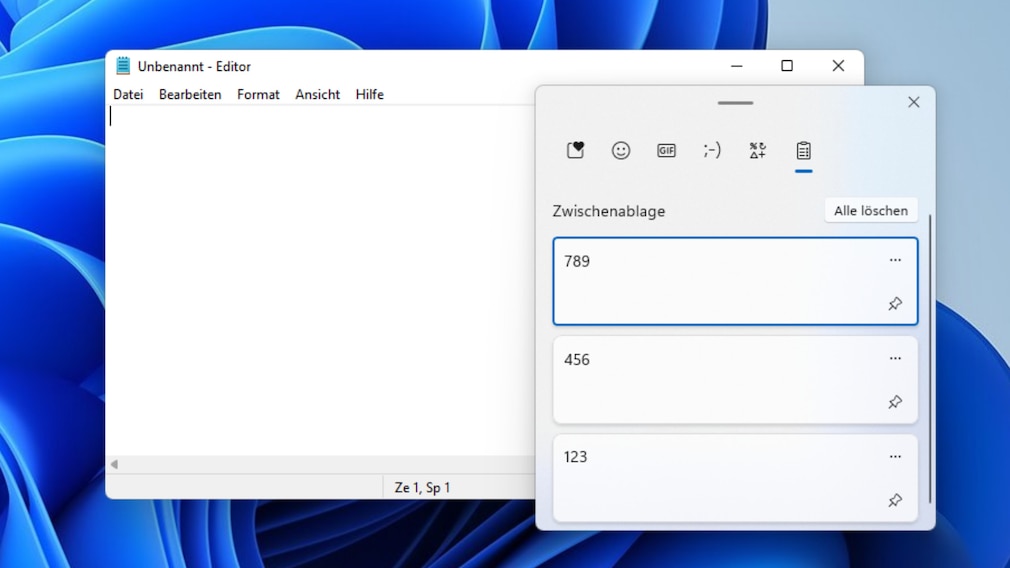
You have to save the Windows-V hotkey. You will use it in the future in addition to Ctrl-V to access cached items. the button [Win] And [Strg] next to each other.
Clear clipboard history
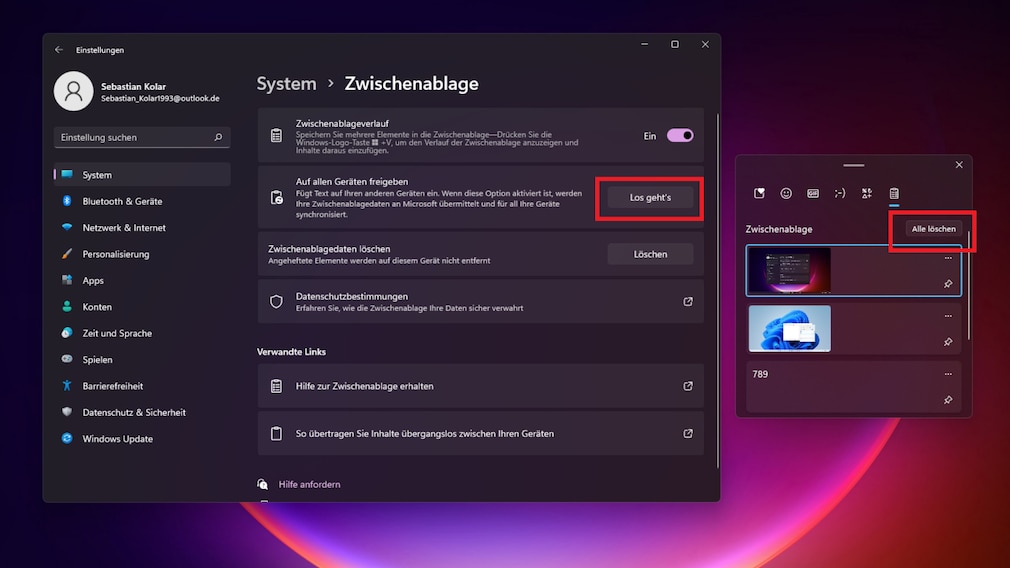
There are several methods available to clear RAM history. If you don’t want to restart, you can use the Windows 10 or 11 Settings app.
There is another way to delete clipboard history faster: simply deactivate it using the slider and activate it again. Or you can select Clear in the Clipboard History section of the Settings app. Alternatively, click Delete All in the Windows-V dialog. Under Windows 10, one of the three-point icons must be pressed beforehand; Under Windows 11, the mentioned option is available right away.
In the Settings app there is a switch with which you can sync your clipboard across your PC. This worked in our tests from Windows 10 PC to Windows 10 PC, but also between Windows 10 and Windows 11. It is necessary that you are signed in to both computers with an identical Microsoft account (@outlook.de-E-mail address) registered.
Alternatives: as above – instructions as above and co.
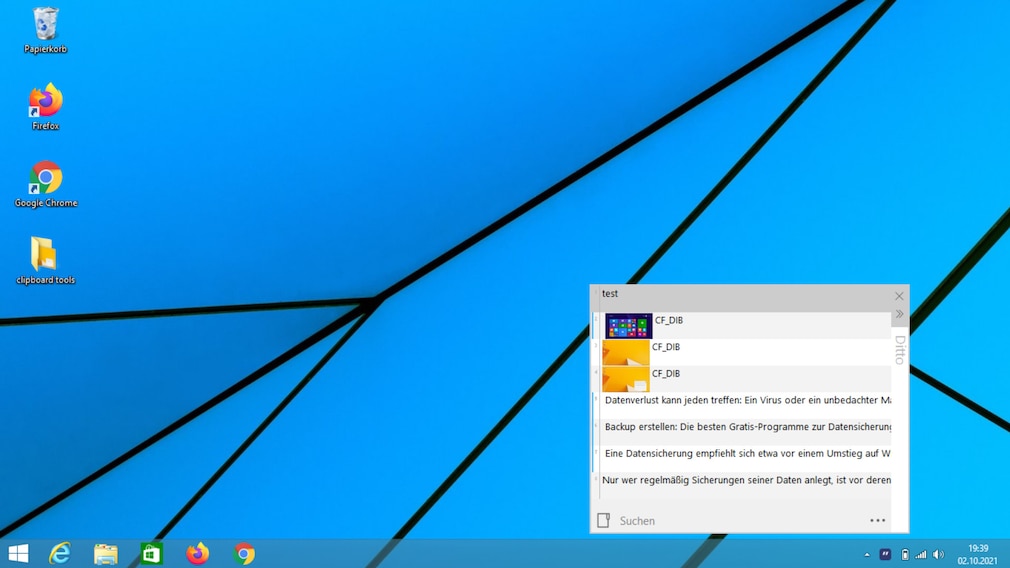
Using the open source tool as above, you get a somewhat more convenient clipboard manager than the Windows version. The program is ‘nice to have’, but it’s not mandatory.
open source tool das The same Lock in the Windows notification area (bottom right of the screen; called “taskbar corner” in Windows 11). There you can call up a list of your previous clipboard entries by clicking on the Ditto tray icon. The most recent clipboard content appears at the top, double click to paste what you want into the loaded application program and replace the current clipboard content with the selected one.
Like Windows 10/11, Ditto displays thumbnail previews in overview screenshots. Windows does not offer a search function here, which you can use to locate previous clipboard text. Furthermore, Ditto preserves the text formatting and shows the date and time stamp on “Added” when you hover over the inserted clipboard entries. Drag and drop Ditto text snippets to your desktop to save them as a TXT file. The application is linked to the Windows auto-starter, so it starts automatically at system startup and the data that is taken care of is preserved via reboots.
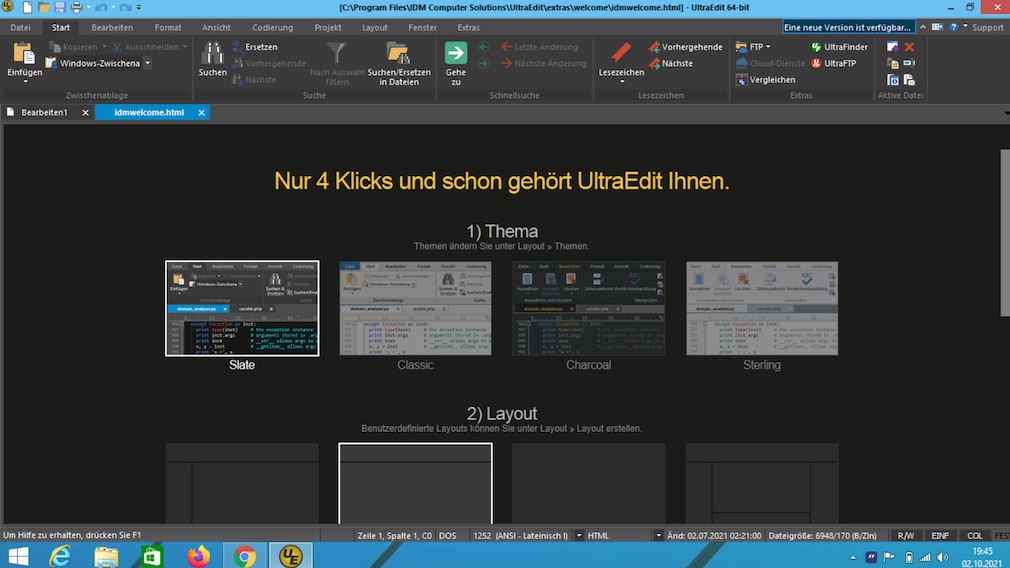
UltraEdit offers several special clipboards, which are separated from Windows. The operating system cannot access content in multiple repositories.
Call the desired clipboard slot again with Ctrl- <رقم> , Paste the text snippet provided here using Ctrl-V.
alternatives the same

“Certified gamer. Problem solver. Internet enthusiast. Twitter scholar. Infuriatingly humble alcohol geek. Tv guru.”

